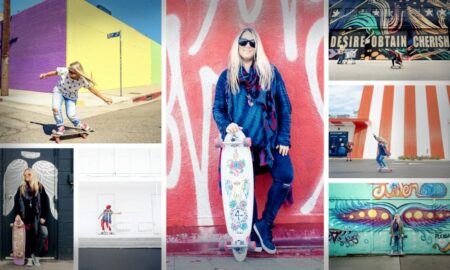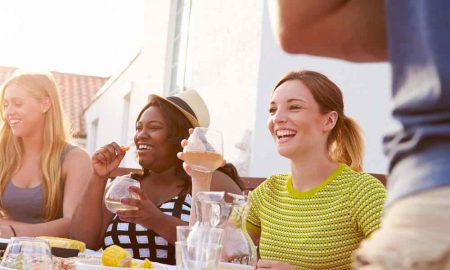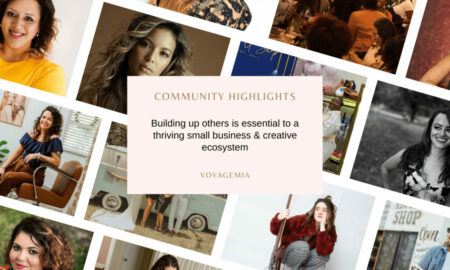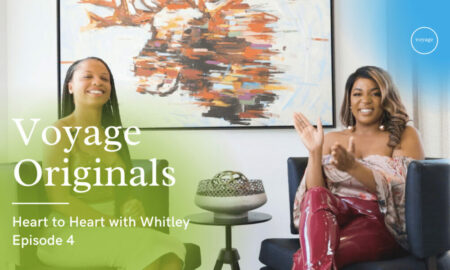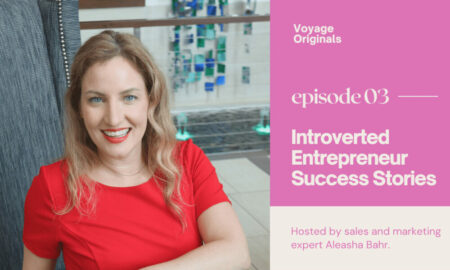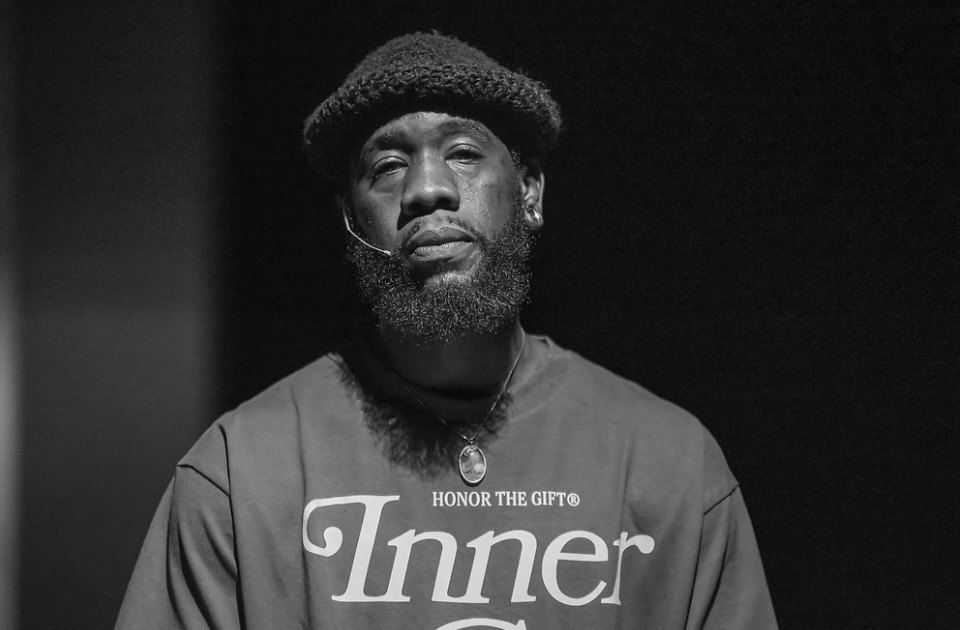

Today we’d like to introduce you to Roscoè B. Thické III.
Hi Roscoè B., we’d love for you to start by introducing yourself.
My story begins in Liberty City, off 61st and 14th Avenue, in a house overflowing with family and memory. We shared space, meals, laughter, and love all under one roof. Growing up in that community shaped my lens on life. Later, my family migrated north to Miami Gardens, where I graduated from Miami Norland Senior High School and made the difficult but life-altering decision to join the U.S. Army.
It was during my time stationed in South Korea that I first picked up a camera. I enrolled in an art class on base, and photography grabbed hold of me. Being able to frame a moment, to hold on to something fleeting left a mark. That camera became a compass. It led me inward, toward memory, and outward, toward the world.
When I returned home, I began taking classes at Broward College. I also carved out space literally by converting a storage shed in my mother’s backyard into my first studio. There, I spent countless hours in the darkroom, experimenting with screen-printing, photography, and design. That period of making was raw, hungry, obsessive but it was where I found my voice.
One of the biggest shifts came when I was accepted into the Oolite Arts Residency on Miami Beach. That moment opened the door to the Contemporary art world. During my time at Oolite, I presented my first solo exhibition, ORDER MY STEPS: There Are No Answers Here, Move On, featuring 1402 Pork N Bean Blue. A project rooted in my grandmother’s former home in Liberty Square. It was both elegy and love letter: to the house, the neighborhood, and the layers of history carried in its walls.
Since then, my work has traveled to institutions like The BASS Museum, Utah MOCA, and BAM. I’ve received support from the Ellie Schneiderman Creator Award, a Suncoast Regional Emmy, and fellowships from the South Florida Cultural Consortium and WaveMaker. Residencies at Atlantic Center for the Arts, the African American Research Library, OSMOS Station and MASS MoCA have continued to stretch and deepen my practice.
Today, I work at the intersection of photography, sculpture, and memory. I’m drawn to materials that carry personal spiritual weight like diamond grates, blue plexiglass, archival imagery. Much of my work is about holding on: to place, to people, to lineage. It’s a way of casting a shadow forward while honoring the ones I still stand inside of.
Alright, so let’s dig a little deeper into the story – has it been an easy path overall and if not, what were the challenges you’ve had to overcome?
Not at all. The road has had its cracks, detours, and questioning my next step.
There were seasons where I was creating work out of a storage shed with no AC, sweating through South Florida heat, unsure of where this work would live. Times where money was low, time was tight, and art felt like a luxury I couldn’t afford to believe in.
Balancing survival with creativity is a real thing. Especially when you’re trying to unlearn and relearn what’s possible for someone like you being Black, from Liberty City, with no roadmap for the art world.
I’ve also carried the weight of loss, losing people I love and places that raised me. That grief has shaped my work, but also made the process heavier at times.
But I’ve come to understand that the struggle is part of the ritual. It sharpens the vision. It humbles the ego. It teaches you how to build something impactful, not just beautiful.
So no, it hasn’t been smooth. But it’s been honest. And it’s led me to exactly where I’m supposed to be.
Alright, so let’s switch gears a bit and talk business. What should we know about your work?
My work lives at the intersection of photography, memory, and material storytelling. I’m a lens-based artist, but I often move beyond the traditional frame incorporating sculptural elements, archival textures, and everyday materials that carry emotional weight.
I specialize in exploring Black familial narratives, with a deep focus on legacy, place, and the rituals that hold memory together. Much of my work is rooted in Miami, especially Liberty City and Liberty Square where I was born and where my people lived, learned and celebrated.
I’m probably best known for my project 1402 Pork N Bean Blue, a deeply personal body of work centered around my grandmother’s former home in the Liberty Square housing projects. The house was demolished during redevelopment, but I preserved it through image, light, and memory. That work has lived on gallery walls, in conversations, and even won a Suncoast Regional Emmy when adapted into a short film. I’m proud of that because it proved that the stories of working class Black stories, Miami stories deserve preservation, visibility, and reverence.
What sets me apart is how I use material as memory. I’ve repurposed window grates from demolished buildings, tinted plexiglass the color of grandmothers house, and layered images like sediment. I don’t just document, I build visual rituals. My work doesn’t just ask “What happened here?” it asks “Who remembered?” and “What still lingers?”
More than anything, I’m proud that my work remains honest. It comes from real places, real people, real loss and real love. I’m not chasing trends. I’m chasing truth and trying to leave behind something rooted and real.
Do you have any advice for those looking to network or find a mentor?
For me, mentorship hasn’t always come through formal channels. It’s come through moments in conversation, in shared space, in people who saw something in me before I fully saw it in myself.
One thing I’ve learned: mentorship is often about alignment, not access. The best mentors aren’t always the most famous or well-connected sometimes they’re the ones who genuinely understand your rhythm, your voice, and your vision. Sometimes it’s a professor. Sometimes it’s another artist. Sometimes it’s a neighbor who’s lived the life you’re trying to document.
In terms of networking, I’ve learned to lead with authenticity, not strategy. I show up to things I care about. I ask real questions. What’s worked best is staying consistent. Showing up to openings and applying for things even when I feel unsure.
The real key is this: build relationships, not just contacts. Some of the people who’ve opened doors for me are folks I met years ago, who watched me grow over time. Relationships take root if you water them.
And remember: you don’t always need one mentor. Sometimes you need a circle, a community of people who challenge you, inspire you, and remind you who you are.
Contact Info:
- Website: https://roscoebthicke.com/
- Instagram: https://www.instagram.com/roscoebthicke/?hl=en
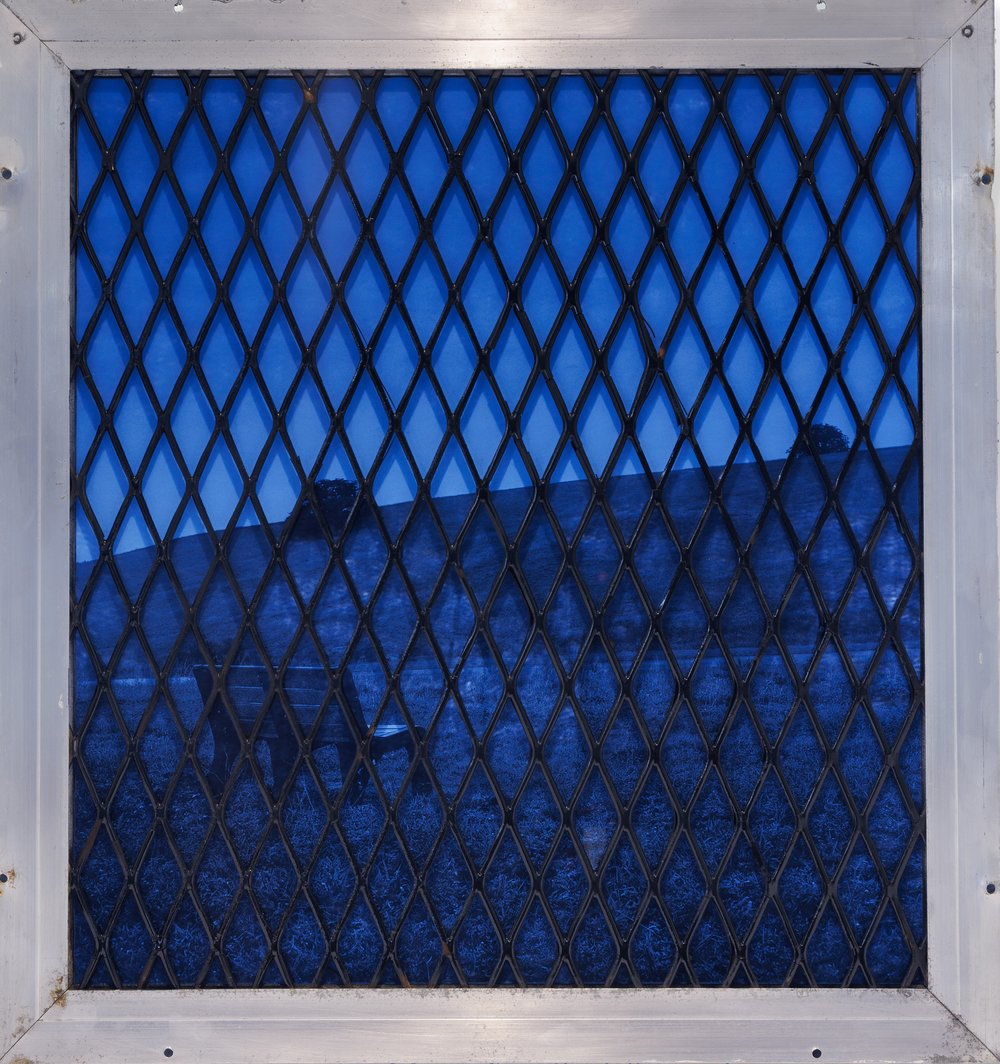
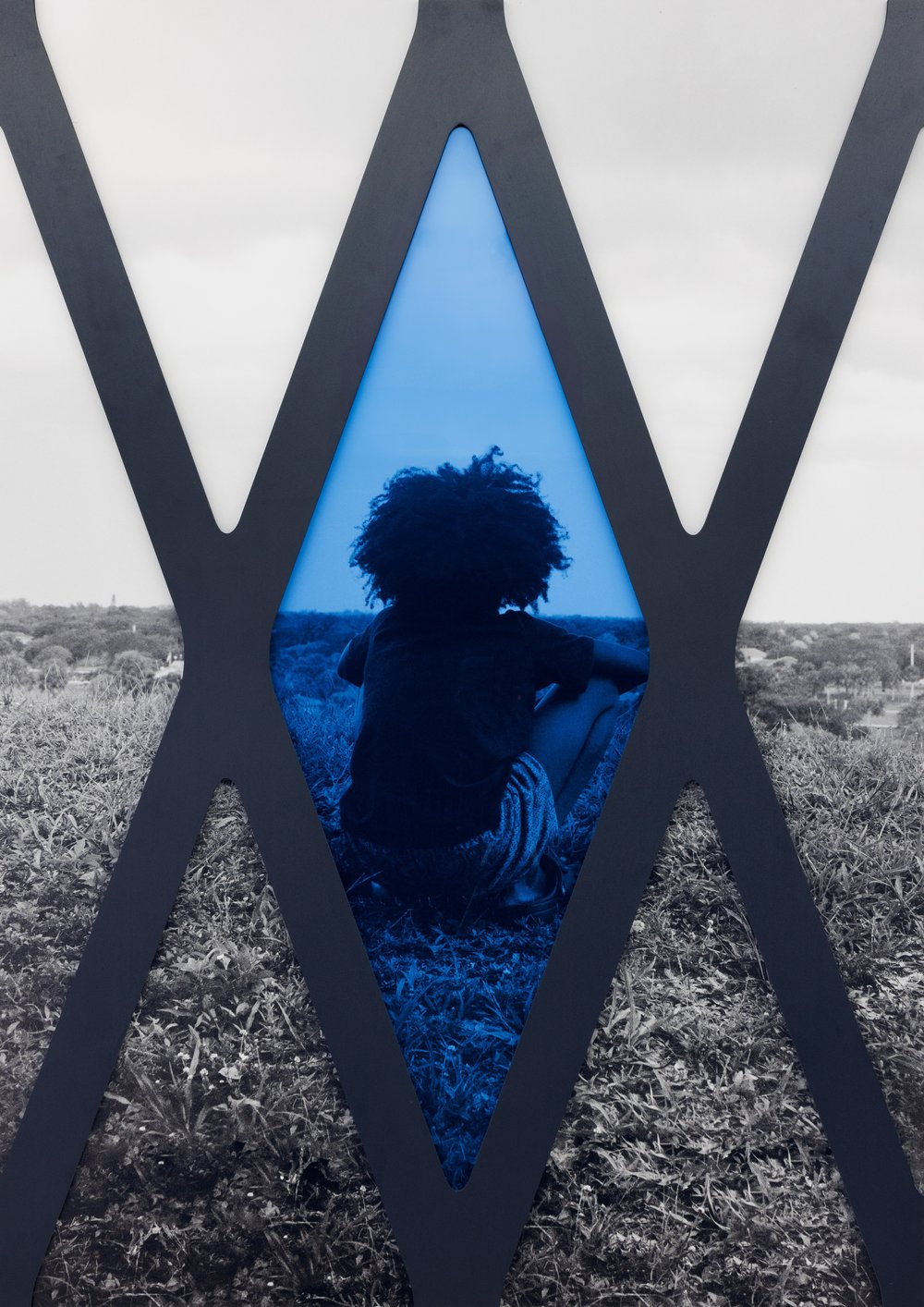
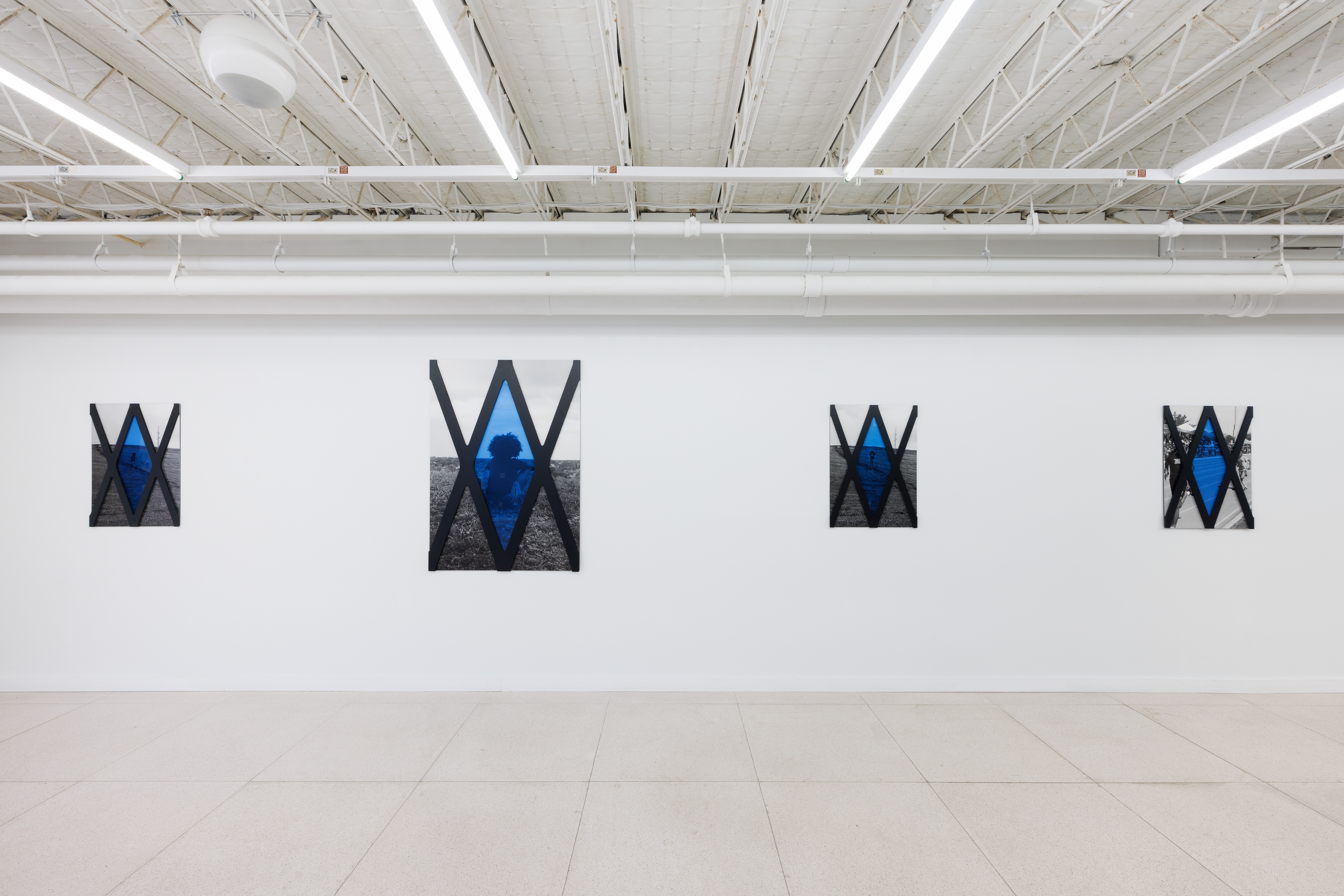
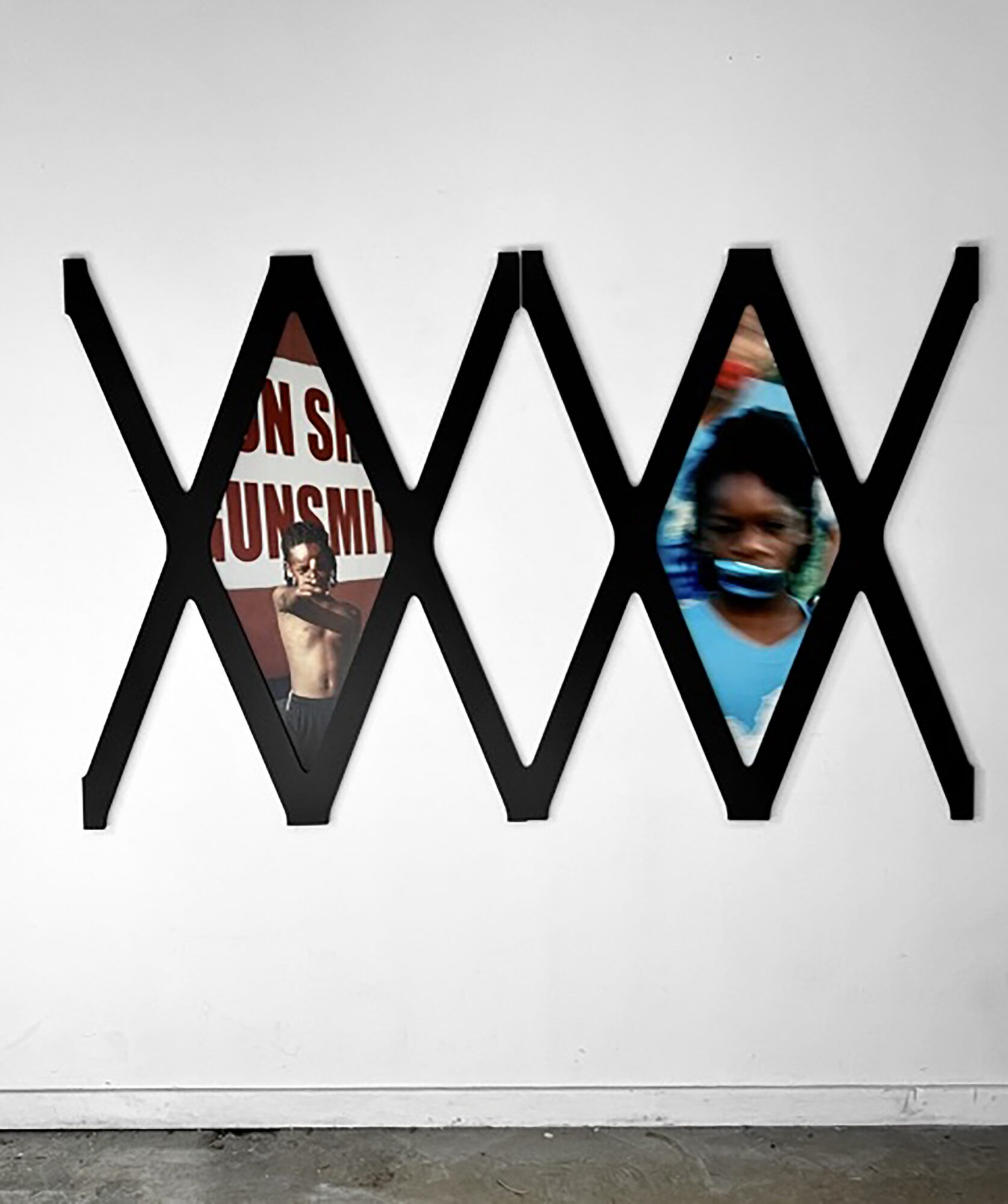
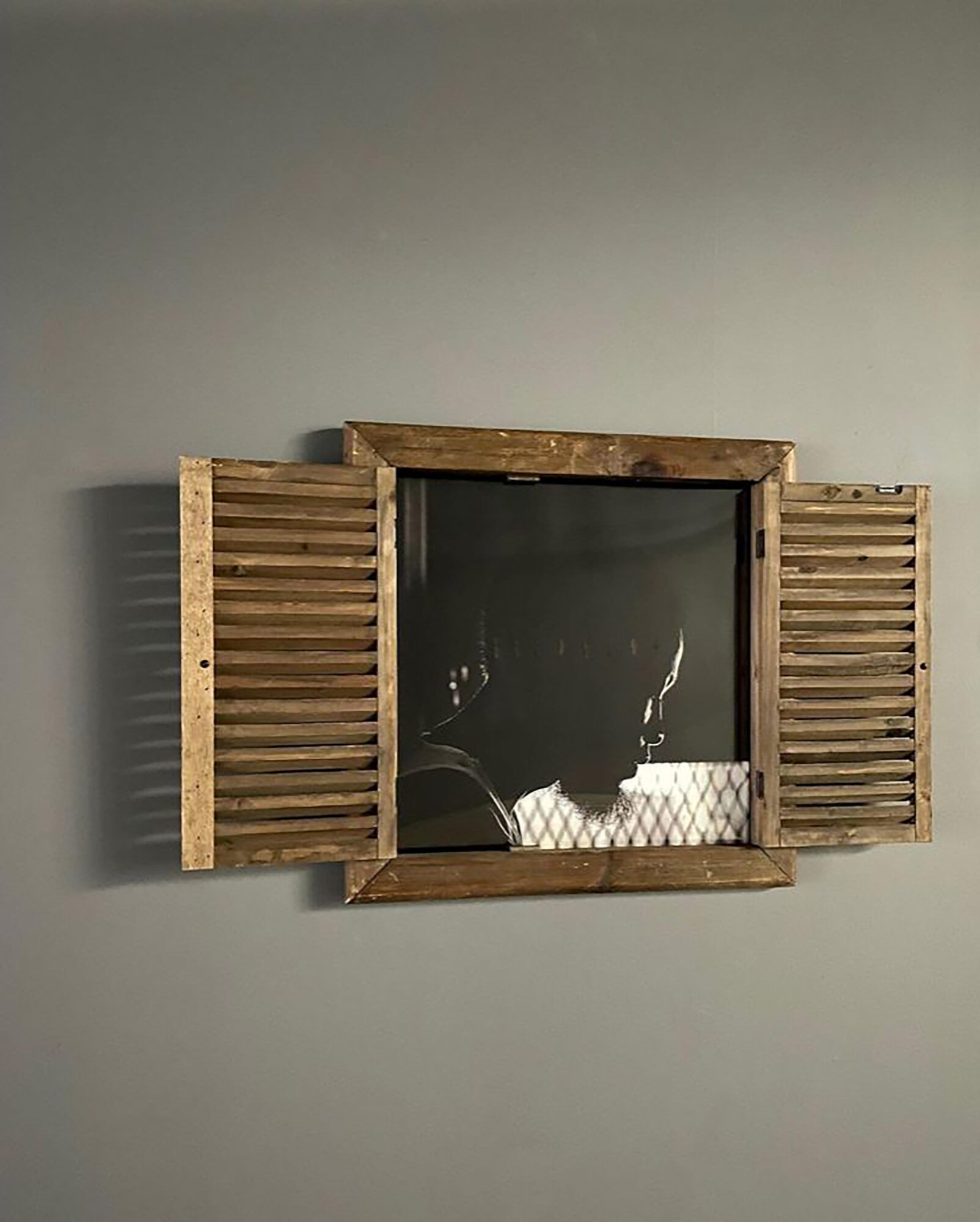
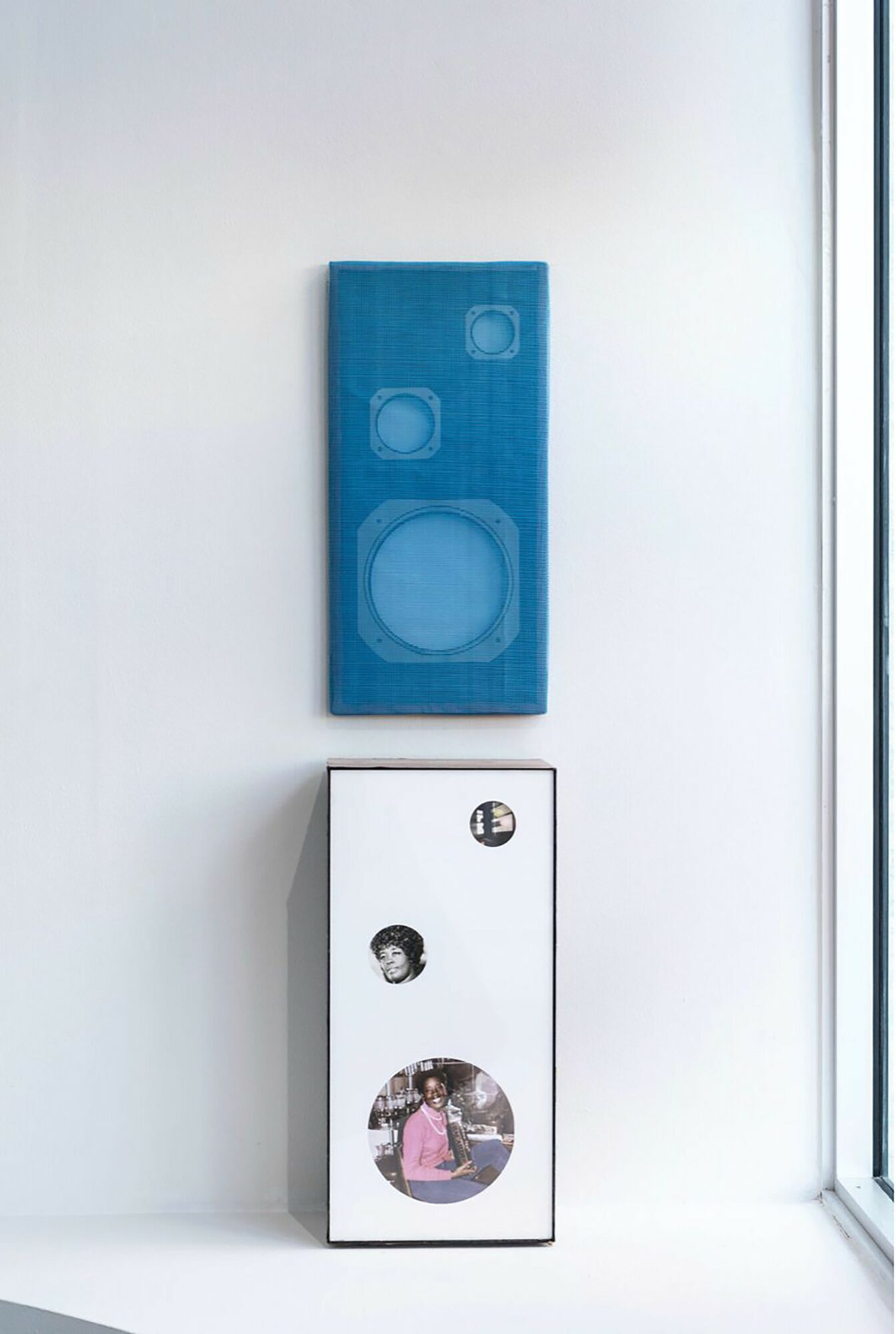
Image Credits
Headshot by Gregory Reed


